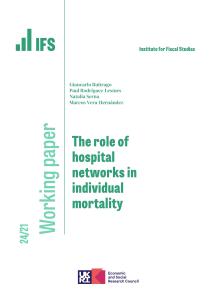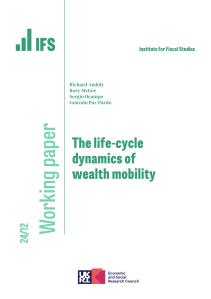Abstract
We examined the association between lifecourse socioeconomic status (SES) and the risk of type 2 diabetes at older ages, ascertaining the extent to which adult lifestyle factors and systemic inflammation explain this relationship. Data were drawn from the English Longitudinal Study of Ageing (ELSA) which, established in 2002, is a representative cohort study of ≥50-year olds individuals living in England. SES indicators were paternal social class, participants' education, participants' wealth, and a lifecourse socioeconomic index. Inflammatory markers (C-reactive protein and fibrinogen) and lifestyle factors were measured repeatedly; diabetes incidence (new cases) was monitored over 7.5 years of follow-up. Of the 6218 individuals free from diabetes at baseline (44% women, mean aged 66 years), 423 developed diabetes during follow-up. Relative to the most advantaged people, those in the lowest lifecourse SES group experienced more than double the risk of diabetes (hazard ratio 2.59; 95% Confidence Interval (CI) = 1.81-3.71). Lifestyle factors explained 52% (95%CI:30-85) and inflammatory markers 22% (95%CI:13-37) of this gradient. Similar results were apparent with the separate SES indicators. In a general population sample, socioeconomic inequalities in the risk of type 2 diabetes extend to older ages and appear to partially originate from socioeconomic variations in modifiable factors which include lifestyle and inflammation.








